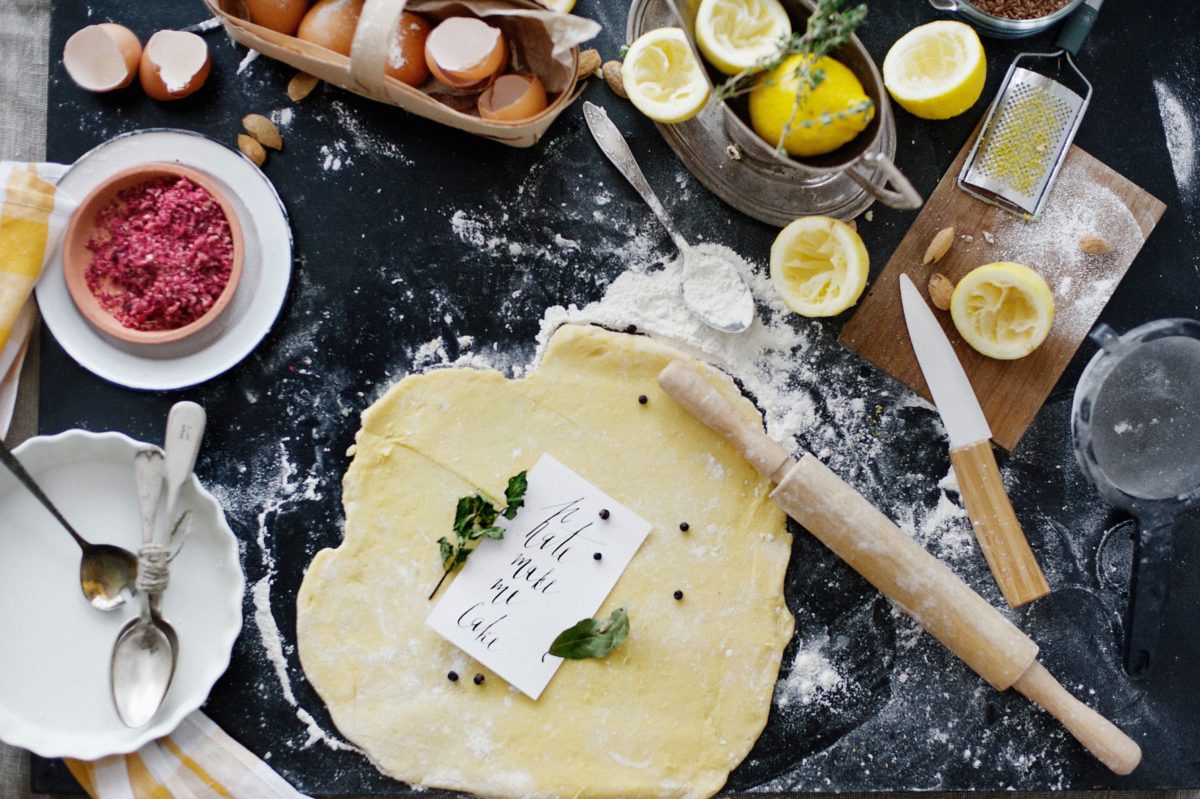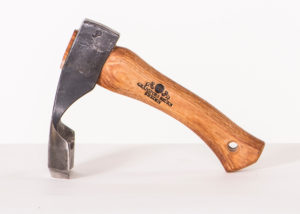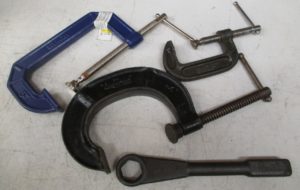Wildlings among wildfires – Part II
Welcome back. I hope you’ve enjoyed my first piece on wildfires safety and prevention. Without a doubt, it’s a force of nature you don’t want to reckon with; not that you can for that matter. One of the things I’ve been trying to say over these odd years was that preppers are neither gods nor immortals. Realizing that you’re knee-deep in trouble is the first step of your journey.
Try to deny it, and you’re dead as a doorknob. So, what’s the point of prepping and buying stuff if the end-point’s the same? Well, I’m not here to wax poetics or discuss philosophy, but I am going to say this – you need to keep it together, stay focused, and get into the game before the game becomes the death of you. Surviving’s not enough; you need to thrive and continue to live like a boss even though you’ve seen and experienced some nasty stuff. Some wildfire survivors cannot even look at an open flame, let alone use it for warmth or cooking. It’s essential you put everything away so that you can go on with your life.
Anyway, to broach today’s topic which deals in how to live through a wildfire and learn to tell the tale, I want to turn towards a twisty story I’ve heard several years after moving into my newly-furbished hunting cabin. So, there I was – new house, new emergency kit, lots of open space, a little garden; we even had a small white picket fence just like in the movies.
I was very well acquainted with the ranger. And the stories he told me; Geez, talk about human stupidity and carelessness. This one time, the entire regional fire brigade was called not too far away from my cabin because some kids decided to reenact some kind of chapter house initiation ritual. Long story short, several acres of forest went up in flames, leaving those poor idiots trapped inside.
As the ranger’s story went, the EMTs and firefighters couldn’t get to where they were, but they did manage to get them on the cell. As you know, the best way to escape a chocking death is to go low and slow. And that’s what they did. The trouble is, they had to crawl through 2 miles of heavy forest, with the fire on their tails. Miraculously enough, all of them made it through. Why? Because they used their noggins for once and paid close attention to what others had to say. That’s some great piece of advice, no matter the circumstance.
This inspired me to reach out to you guys to let you know that wildfires are out there and they are, as its name suggests, pretty wild. That’s why it’s always a good idea to know what do to if you get caught in the flames. Here’s what I had in mind.
Wildfire routine, as explained by the ranger.
- Keep calm. Panicking won’t do you any good and, chances are, you will wind up in a ditch with a “smoking-hot” tag on your toes.
- Forest shelter. If you’re in the forest during the wildfire, your best bet would be to find an area with little to no vegetation. A ditch, a dried-up river bank, an outcrop – anything that doesn’t have leaves, branches, twigs or fuel.
- Duck and cover. Protect your head and hands by hitting the dirt and using your Go Bag for cover.
- Wait. Don’t assume for a moment that the danger has passed just because you can’t see the flames. Wait around for a bit. In the meantime, try to get ahold of the authorities with you CB or cell.
- Move only if necessary. If there’s danger nearby, leg it! Don’t run through as that will force your lungs to inhale more of those poisonous fumes. Steady your pace and keep your head down. If the smoke cloud’s too thick hit the deck and crawl to a safe spot.
- House fight. If you have a little hunting cabin just like I have, stay indoors with all windows and doors locked and sealed. Before heading inside, don’t forget to turn on all your sprinklers and to aim them at the roof and outer walls. That should keep the masonry from reaching critical temperatures. If you have dust or hazard masks, use them. They’re not Halloween accessories, you know.
- Cannonball! One nifty trick I’ve learned from the ranger is that you can seek shelter from wildfire by taking a skinny dip. Yup, if you happen to come across a body of water during a wildfire, jump in and stay there until it’s safe. Don’t forget to keep your head out of the water for as long as possible. If the flames extend over the water’s surface, take a quick look around for a safe place to get out, submerge, swim, and get away. Don’t take the skinny dip part too literally. Keep your clothes on.
Feels like I’m reliving a chapter from Emerson’s Self-Reliance. Well, when you’re a prepper, that’s what you basically do – become the character of your own survival book. I can’t say for sure what scares me the worst; the fact that wildfires exist and they cause a lot of damage, or that one of my peers is very likely to start one out of sheer stupidity. I’ll leave that one up to you, for the time being.
But think about this – what are the odds of a wildfire springing up in my neighborhood? Don’t go out there thinking that city folks are more protected from Mom Nature’s wrath just because they hide behind concrete and iron walls.
One more thing – have plenty of cash on hand. Doesn’t matter if it’s a wildfire or another natural disaster. Cash is king at any given time. That’s why I always like to put some money in my glove compartment and my Go Bag. See you around, guys, and stay safe.
Some wildfire survivors cannot even look at an open flame, let alone use it for warmth or cooking. It’s essential you put everything away and start prepping so that you











































